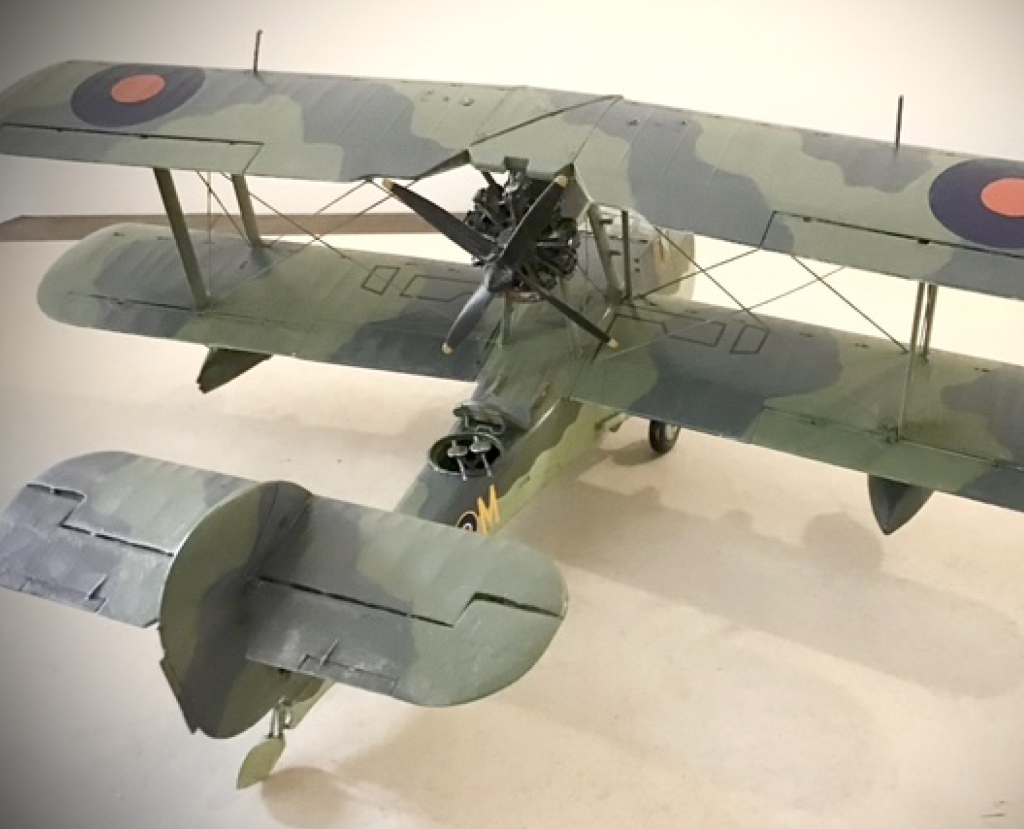The Supermarine Walrus was a British single-engine pusher amphibious biplane designed by R J Mitchell. The type was used as a maritime patrol aircraft and as spotter aircraft on the capitol ships of the Royal Navy. It first flew in 1933 under the name Seagull V and entered service in 1935 with the Royal Australian Air Force. The RAF and FAA changed the name to Walrus I but did not receive the aeroplane until March 1936.
It was a robust aircraft powered by a single Bristol Pegasus radial engine mounted mid-way between the wings. A three-degree offset to starboard reduced the threat of yaw caused by vortices from the propeller on the rudder. The pusher configuration was used to reduce spray on take off and landing and had the advantage of noise reduction inside the fuselage. It was the first all metal fuselage design to incorporate fully retractable landing gear. Another feature was the obvious sweep back on the fabric covered wings. The lower wing was shoulder set with float stabilisers attached while the relatively high set upper wing sat directly above. The wings could be folded back for stowage.
It was armed with two Vickers K machine guns, one in the nose the other in the mid cockpit behind the engine, although twin Vickers were often installed in the rear. There was also provision for carrying bombs and depth charges under the wings. 740 were built and were used by 18 squadrons of the RAF Coastal Command and 23 squadrons of the FAA. It was also used by Australian Navy and RAAF, New Zealand Navy and Air Force, Canada, Argentina, France, Egypt and Ireland.
It was primarily used as a maritime patrol/recon aircraft as well as search and rescue duties with the RAF and FAA. They were used extensively for anti-submarine duties during World War II as well as recovery of downed pilots in the seas. It continued its air sea rescue duties after the war until being superseded by helicopters in the early 50s.
Only four survive today, one at the RAF Museum in Hendon, London, one in the FAA Museum Somerset and one in the RAAF Museum Williams Point Cook, Victoria, Australia. The fourth is in a private collection at Duxford Aerodrome and is allegedly being restored to flying condition.
